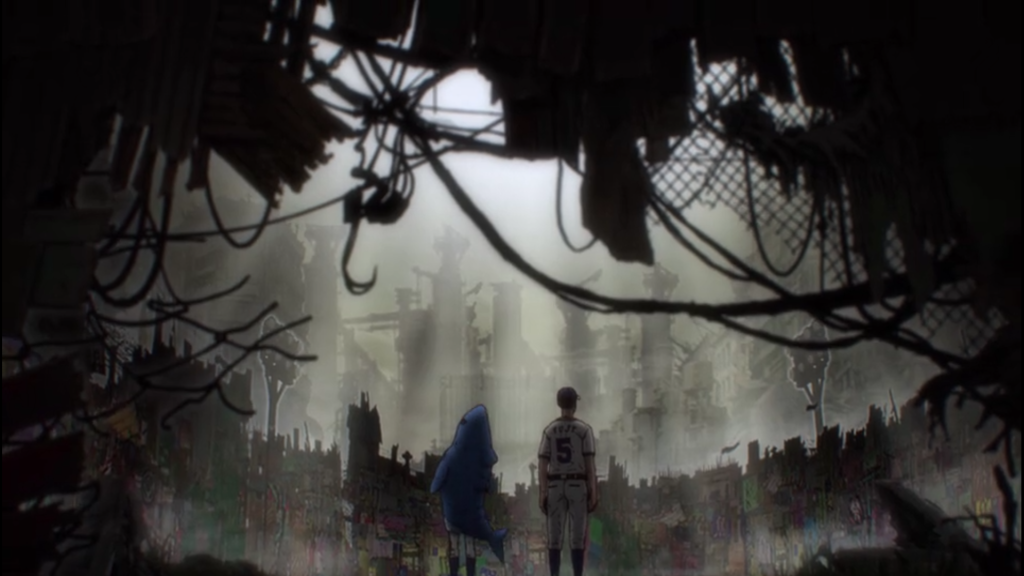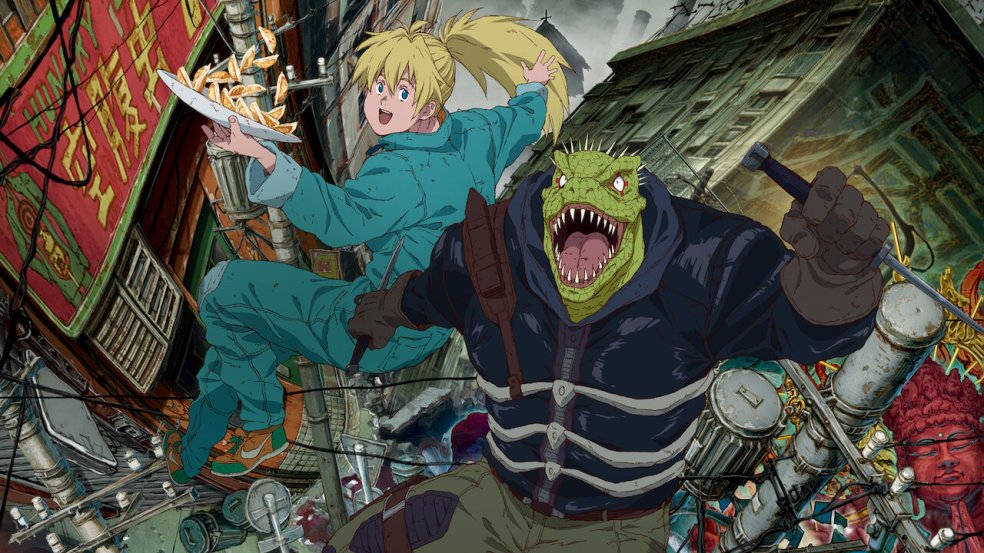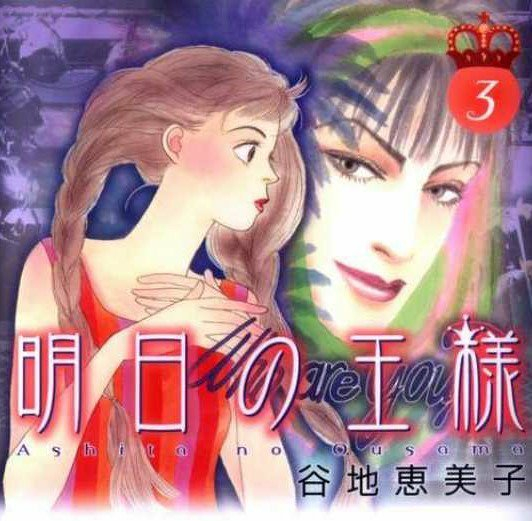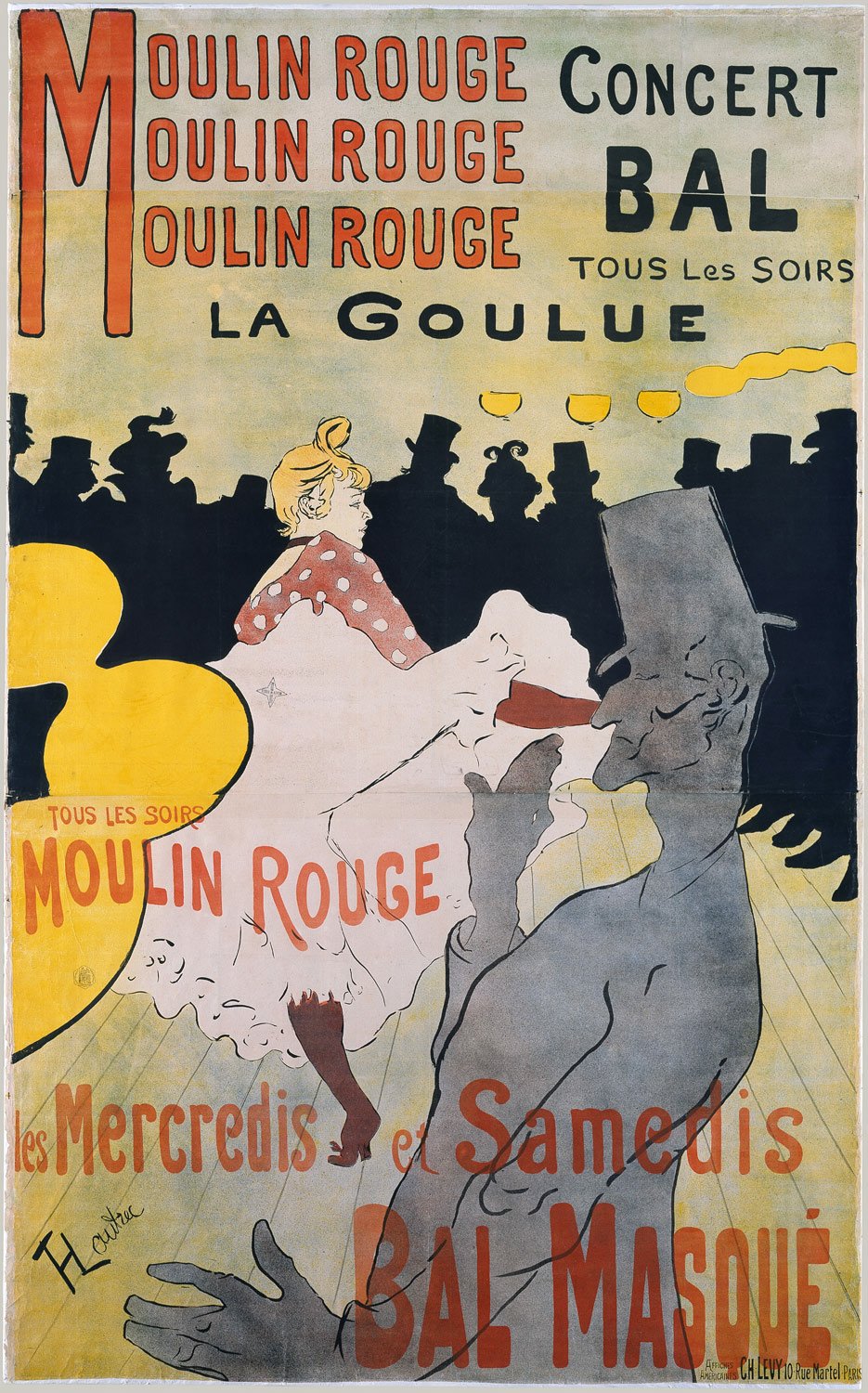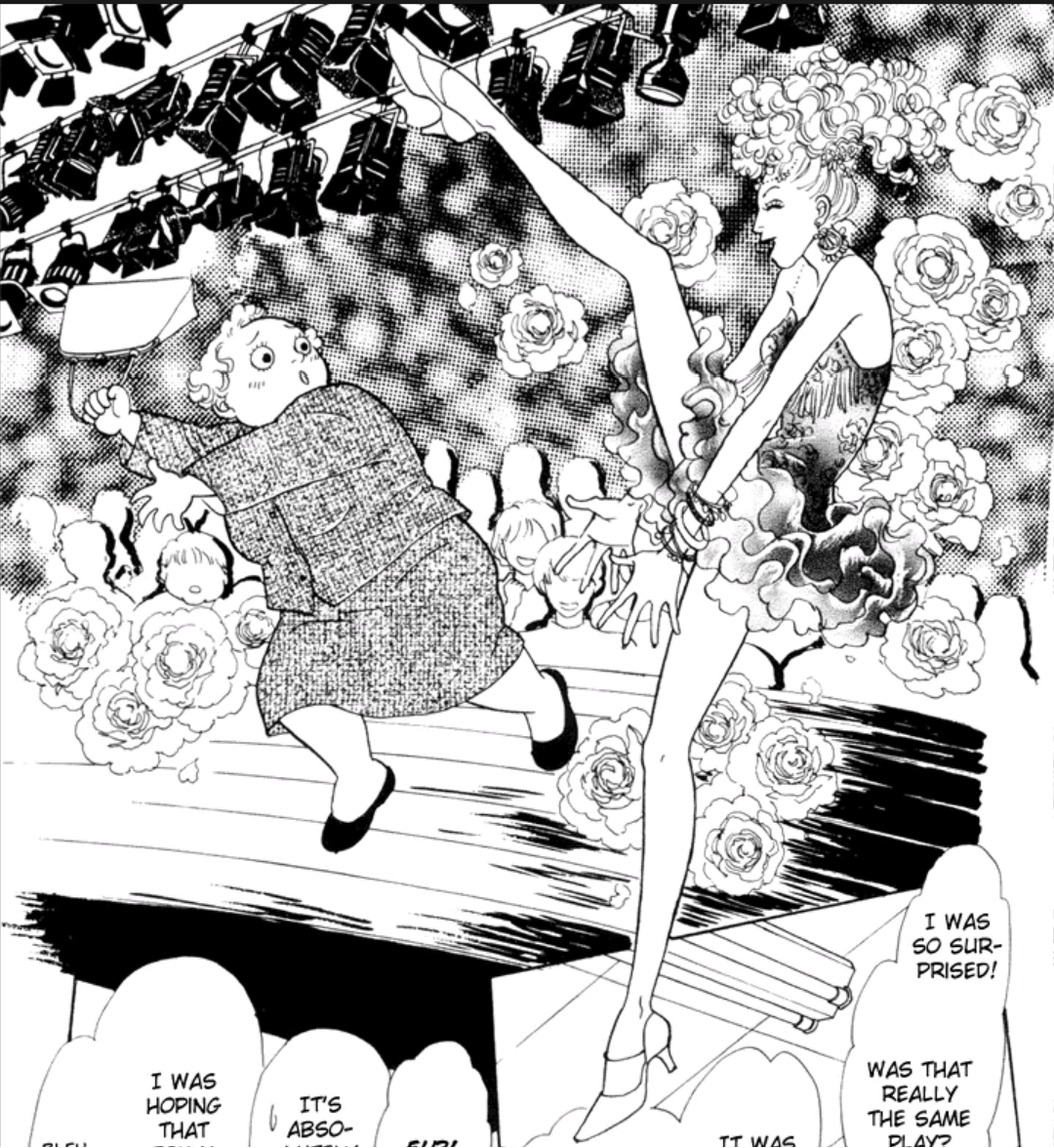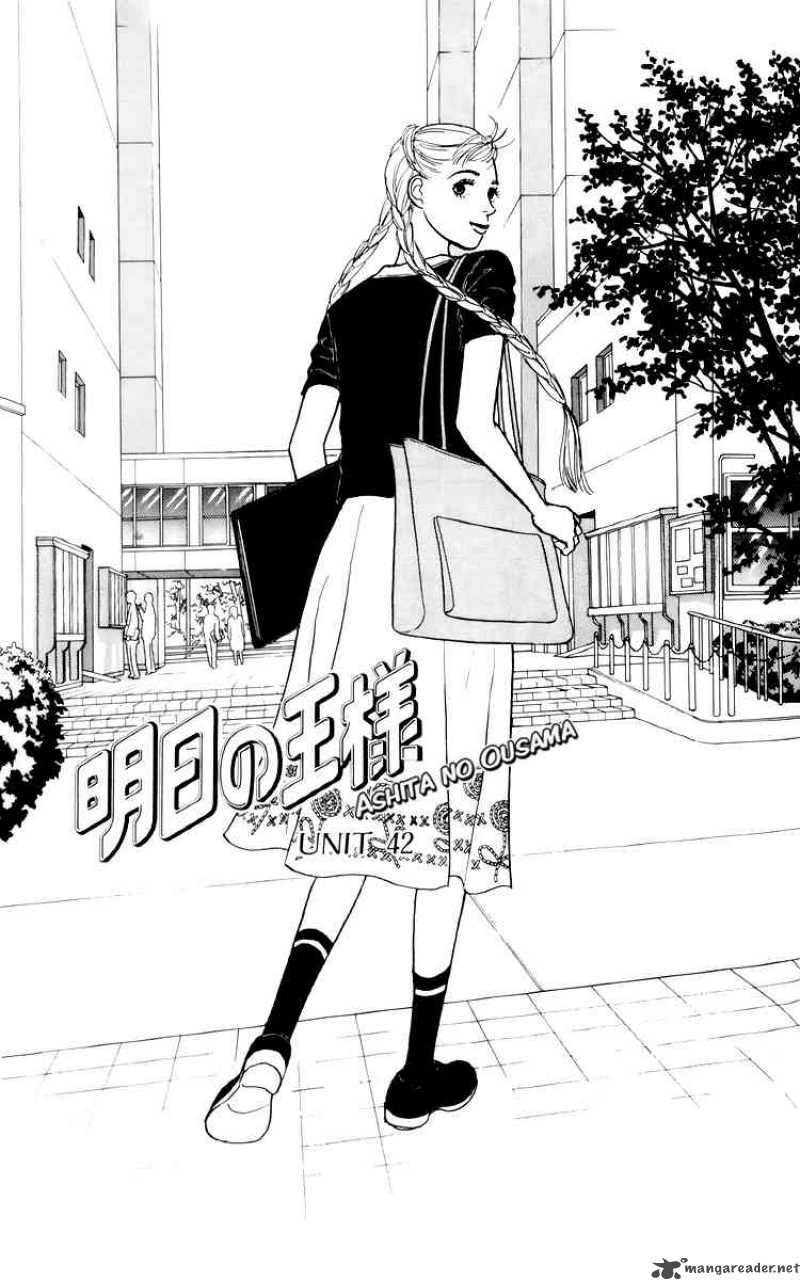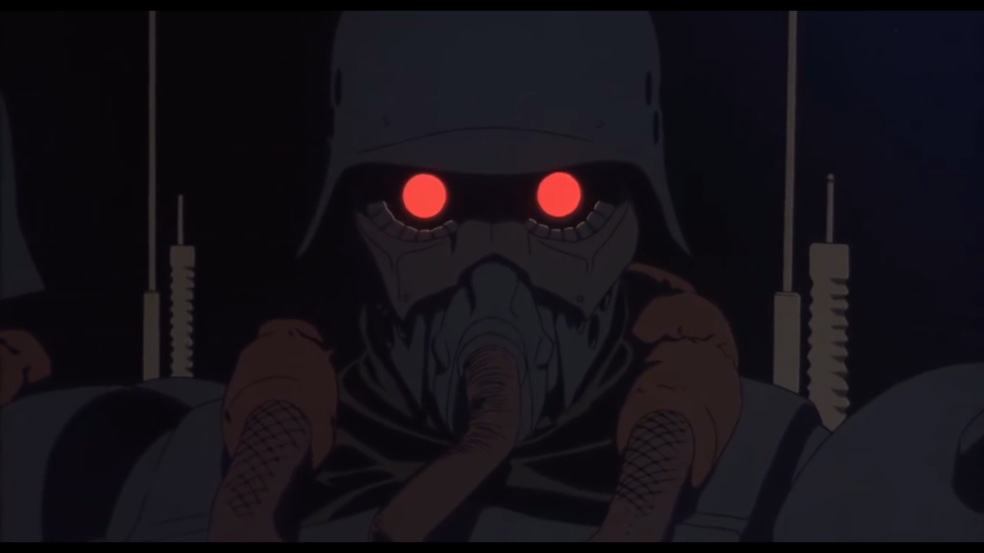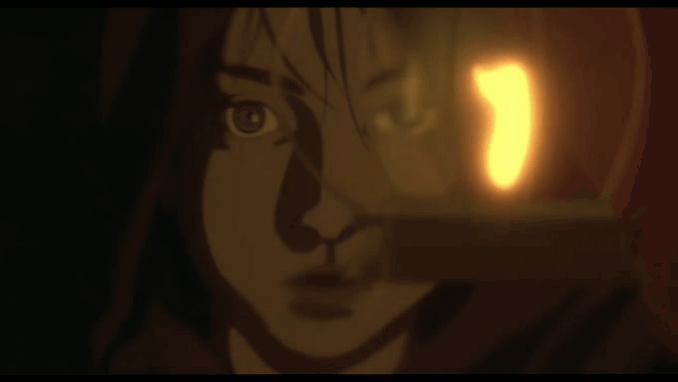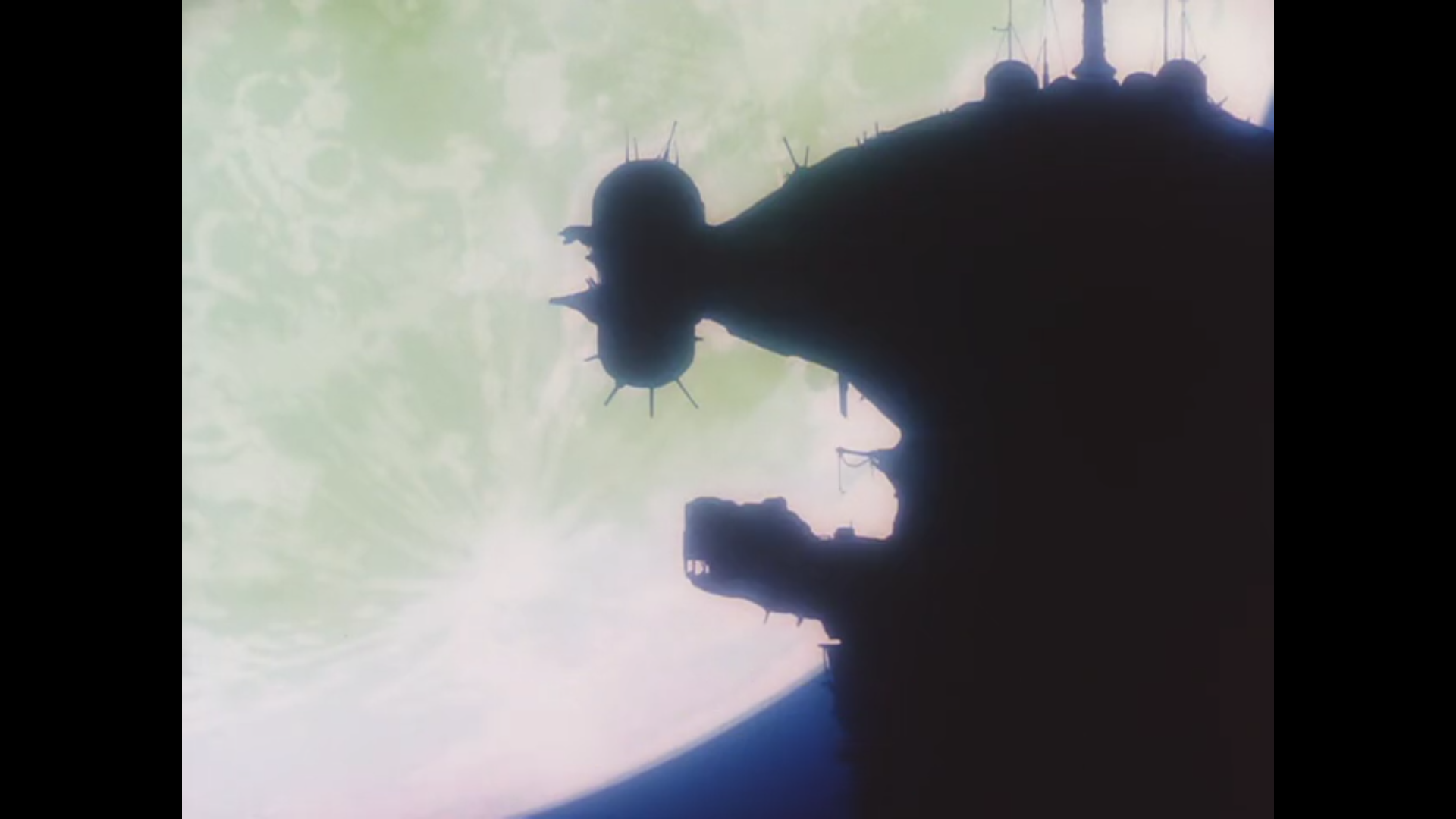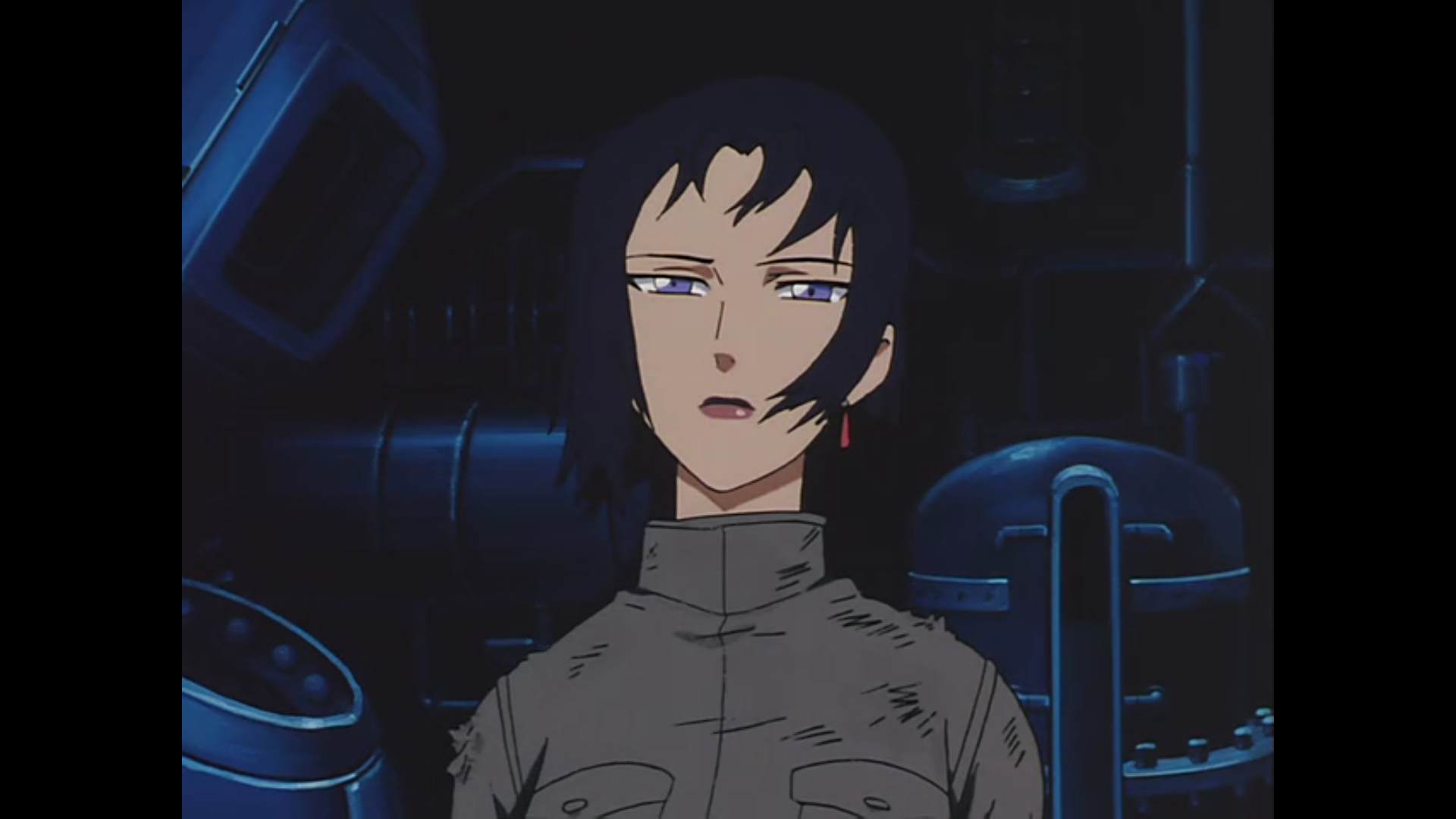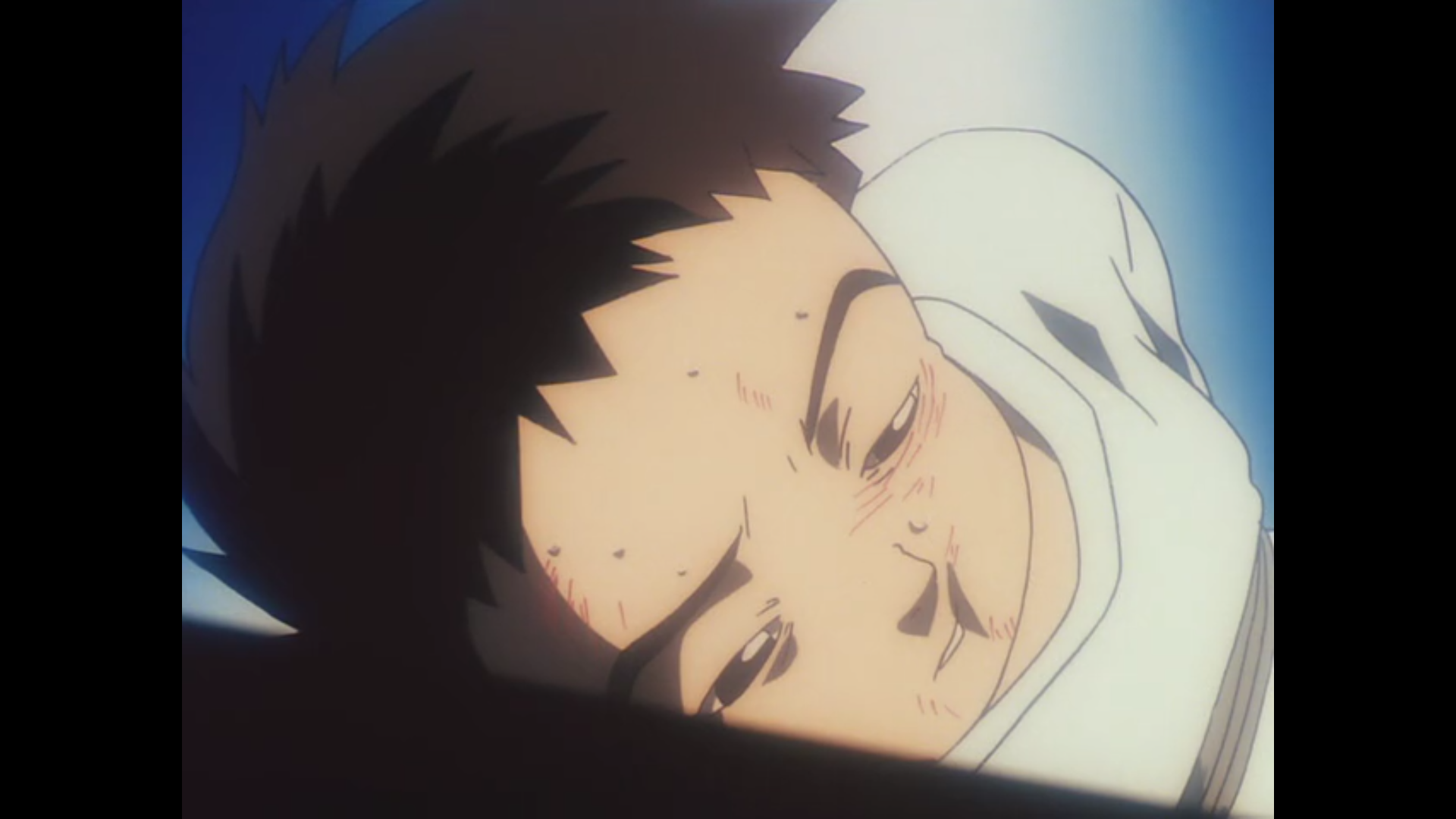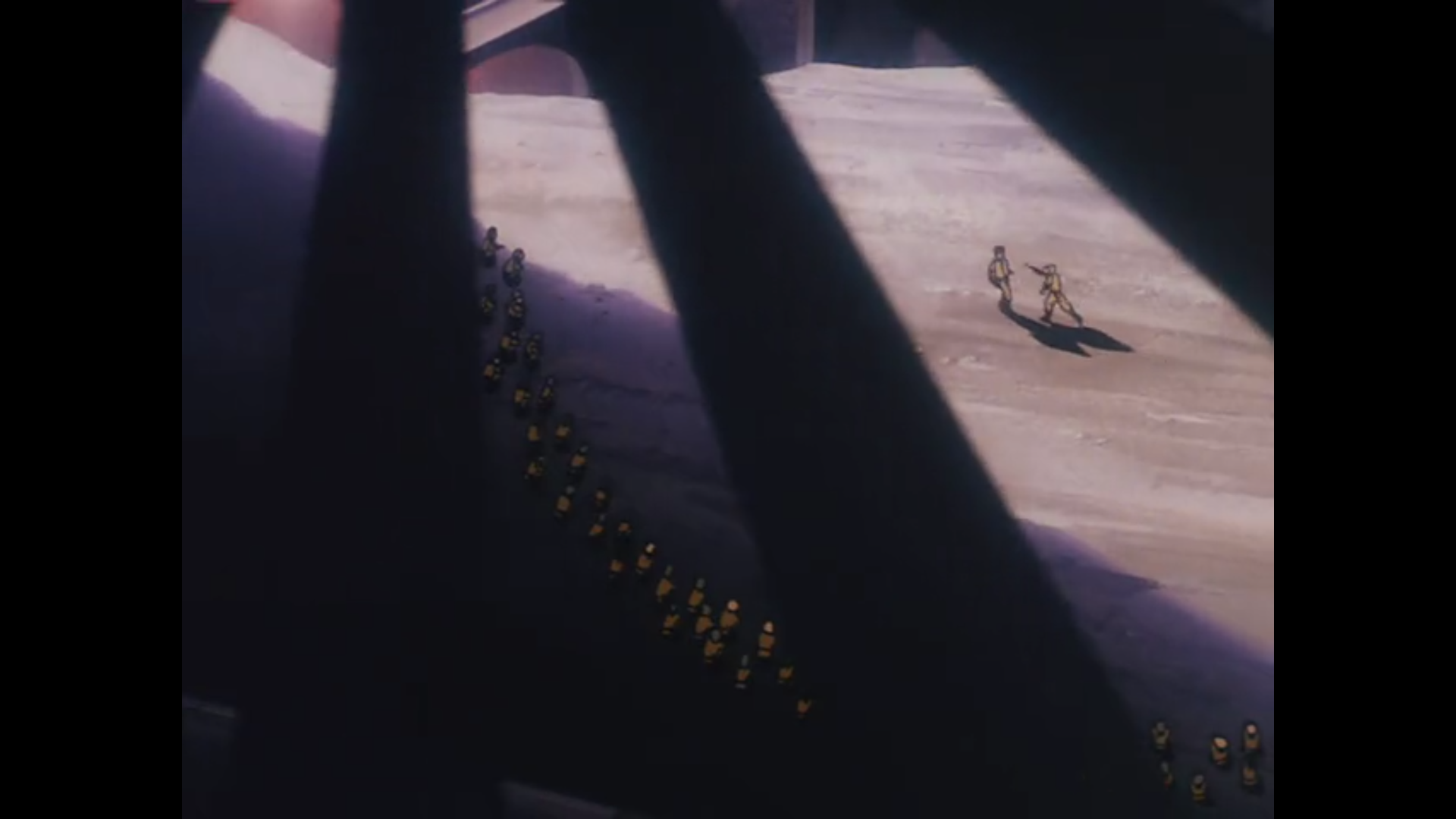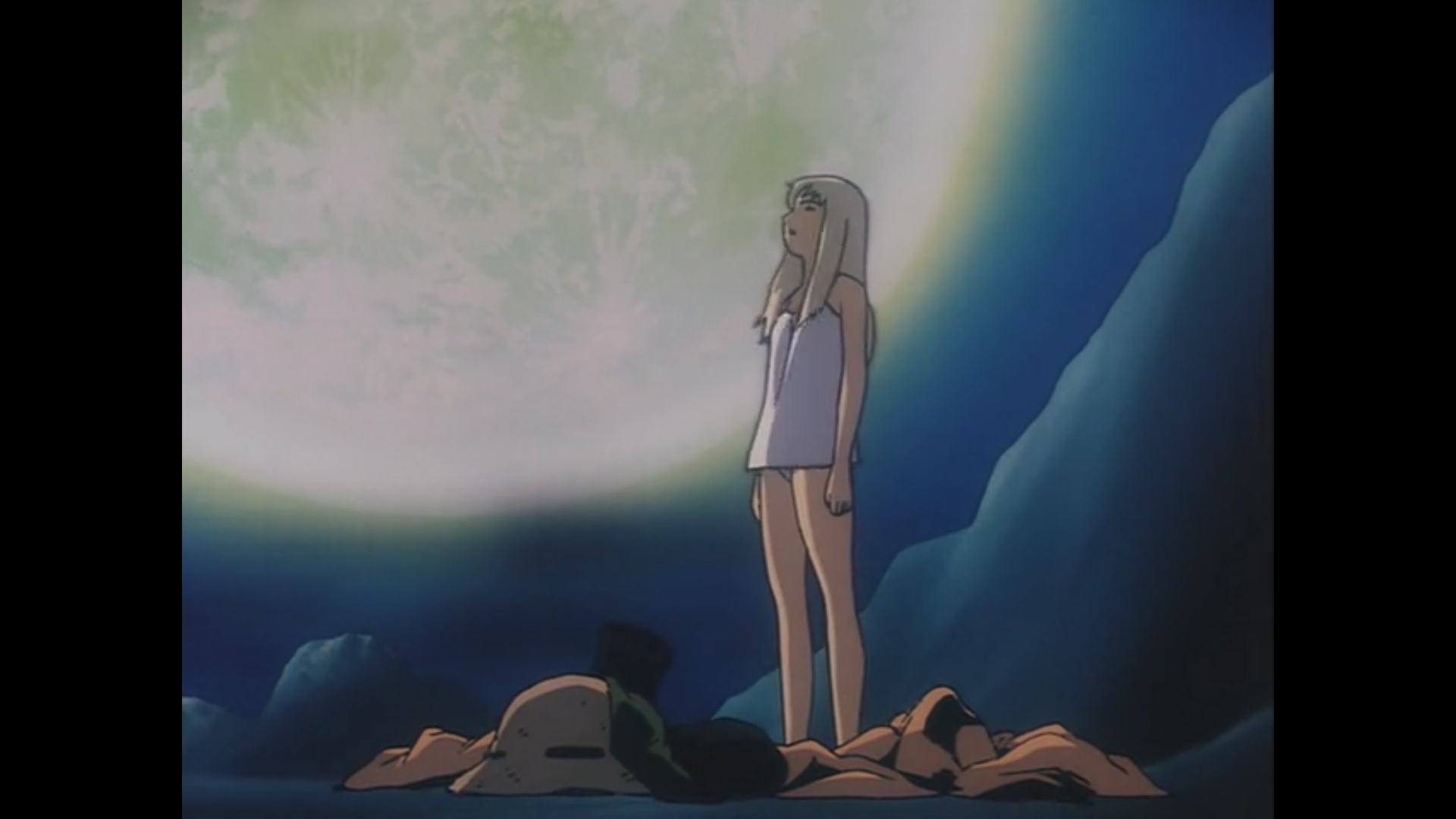There’s an interview with Q Hayashida, Dorohedoro’s mangaka, that I found surfing manga brog. In it, Hayashida states that she disliked the marble busts she had to draw in school because they were ‘too smooth’, and the interviewer responds that she’s into things that are ‘interestingly textured’. And textured is really the best way to describe Dorohedoro. I prefer smooth myself, so I was always a little daunted by the scratchiness of Hayashida’s style and the incomprehensible world she built with it. That’s where adaptations come in. MAPPA have taken Dorohedoro and have somehow made it comprehensible.
That’s not to say that MAPPA have sanitised Dorohedoro. The strength of the art direction lies in how coherently it conveys the manga’s chaos. Art director Shiji Kimura has credits that include Tekkonkinkreet, Blood Blockade Battlefront and Shashinkan – all of which have complex, intricate art direction where the physical setting takes centre stage. He and his team repeat the magic here with dense background art that pulls you into the world, without becoming overwhelming. Dorohedoro toes the line of excess, but never crosses it.
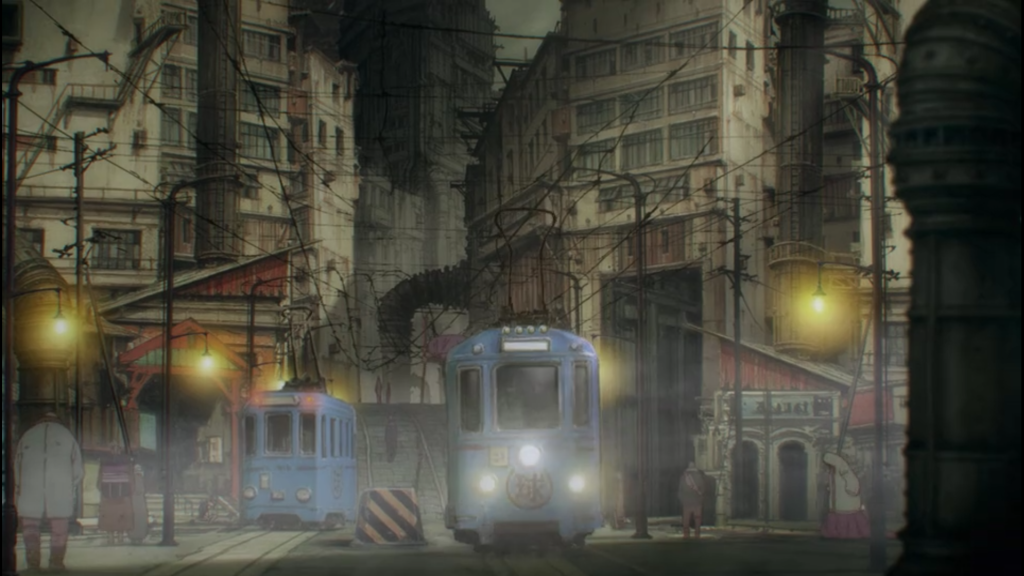
The show’s restraint is good because it keeps the audience onboard with what could potentially become a very messy story. And Dorohedoro is weird. It’s head-to-toe, back-to-front, flat-out weird. And I knew it would be a strange experience, but that didn’t prepare me for just how strange the show could get. Four episodes in and I thought I was starting to ‘get it’, but that was before the giant, remote-controlled, talking cockroach. Weird. Yet it works. Dorohedoro isn’t strange for the sake of it – it just is. There’s not an ounce of self-awareness, and that’s part of the charm. The confidence in its own weirdness is one of the show’s strongest selling points.

But the strangest discovery watching Dorohedoro was definitely the characters. They are fascinating. They’re all violent people, with seemingly no morals, but they’re just so fun to watch – either because of their personalities or their relationships. It’s strange to watch a hyperviolent show centre its story around the heartfelt friendship of its lead characters. Caiman and Nikaido have one of the most earnest, innocent friendship I’ve ever seen between two murdering vagrants. And that was a shock. I’m not comfortable with the show’s apparent message of ‘everyone can burn in hell as long as me and mine are safe and sound’, but 1) I don’t think that’s the show’s message and 2) I don’t think the show even has a message. Dorohedoro is too random to philosophise about. Wherever the story goes from here, I’m just going to take it as it comes.

Texture isn’t just a visual style, but a principle that Dorohedoro embodies, from its grimy world-building to its strange cocktail of morally-dubious-yet-oddly-endearing characters. I have no clue if MAPPA plan on adapting the rest of the manga, but if it was meant as a glorified 12-episode ad, then it’s been very effective. I’m not entirely sold, but I’m definitely intrigued.
